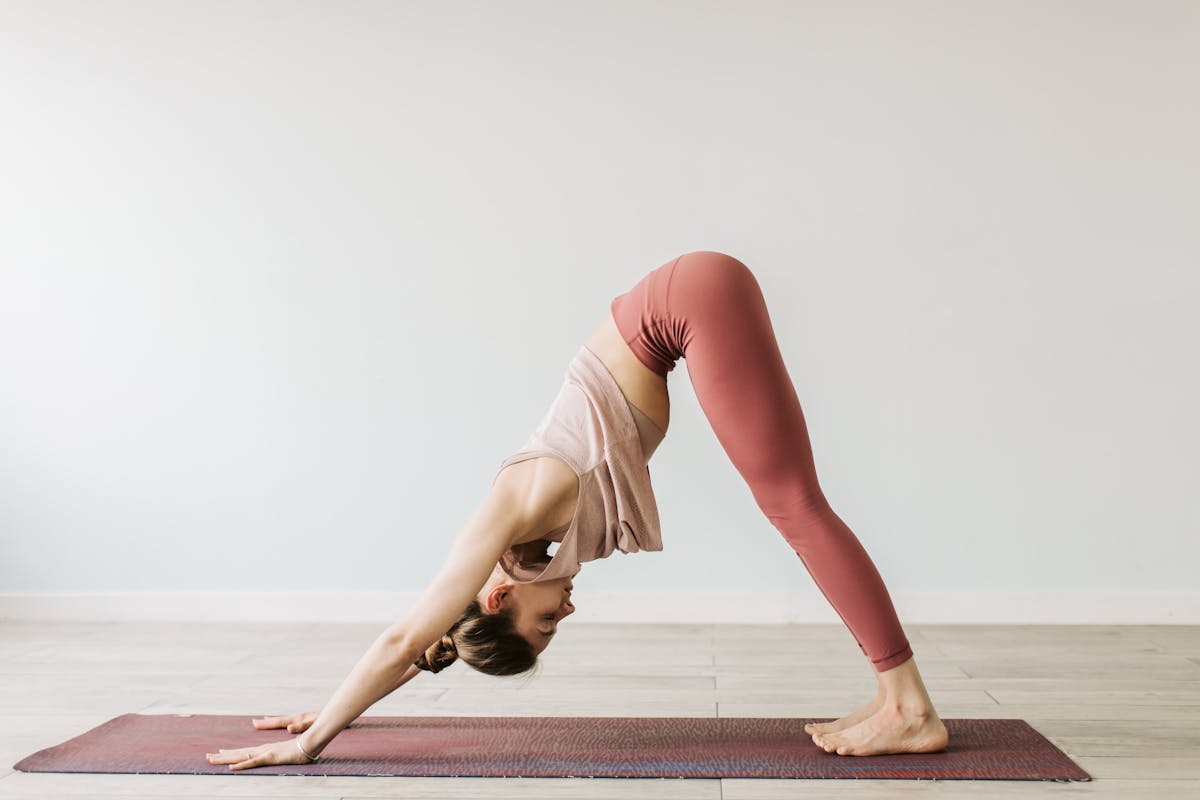What are the Collagen-rich foods?
Collagen is a body-produced fibrillar protein that gives elasticity and…

Mobility and flexibility are essential concepts, not just for athletes but every individual’s daily life . It is hard to imagine not being able to pick up anything off the floor or even sweep the house when needed. Both help with these routine movements to avoid overloading your joints .
If you regularly exercise, you probably already have some routine to gain lean mass or strength, for example. However, it is also essential to include specific workouts in your schedule to become more mobile and flexible.
In this article, you will understand the difference between mobility and flexibility, as well as how to assess and improve these capabilities. Keep reading and stay on top of the subject!
We call flexibility the ability of an individual to move a joint through a full range of motion . In other words, it is the extent to which the muscle is capable of stretching , an intrinsic property of soft tissues that is controlled by the nervous system.
This concept is influenced by internal and external factors. The first group includes the extensibility of tendons, ligaments and muscles. The second group includes aspects such as sex, age, heredity, temperature, physical condition, breathing and concentration.
Mobility, in turn, is the ability to make movements within a large range , voluntarily. It is related not only to the ability of the bones that make up the joints and the cartilage between them to move, but also to the flexibility of the muscles that help in executing the desired movement.
One way to exemplify mobility is when, during a squat, the practitioner is able to keep the heels in contact with the ground while the thighs are parallel to the floor.
Mobility requires strength, since active thigh flexion will not achieve a large range if the abdominal muscles (local and global) are weak, even if the individual achieves large ranges in passive thigh flexion.
It is possible to assess flexibility gains from tests, which are divided into three categories. The first is angular tests , which present their results in angles, the measurement of which is called goniometry . This is the method most applied in the literature regarding flexibility and joint mobility .
The second category is dimensionless tests . Here, the results are expressed without a conventional unit, such as angle and centimeters. In general, they do not depend on equipment for measurement. In most cases, only predefined criteria or analysis maps are used.
Finally, there are linear tests , which express results on a distance scale (in centimeters or inches). For this, instruments such as tape measures, metal tapes and rulers are used. The best-known methods are the Wells bench (also called sit and reach) and the Shober test , which measures the distance between the fingers and the floor.
In terms of mobility, the gains are not measurable. The progress is felt by the practitioner, which means that the analysis is based on subjective perception . For example, a person may start to warm up with squats and feel stiff, but they will loosen up as the series progresses.
Simple: exercise. Here, the training strategy will depend on your condition and the goals you want to achieve. It is possible to be very flexible and not very mobile, just as it is possible to be very mobile and not very flexible. Therefore, there are different exercises for these two variants.
The former are recommended at the beginning of a workout, as a way to “warm up” the body and prepare the muscles with a better range of motion. The latter tend to work more after a workout, when the already warmed up muscles have more elasticity.
See below for exercises and techniques to work on flexibility and mobility.
Sports performance depends on flexibility and mobility exercises. Thus, they bring a myriad of benefits to health, well-being and, above all, injury prevention. This is due to the fact that:
Now you know the difference between mobility and flexibility, and why and how to work on each element. It is worth remembering that our exercise tips are not a substitute for monitoring by specialists . Therefore, get a physical evaluation and medical check-up periodically to understand your health conditions and your body’s needs.
Collagen is a body-produced fibrillar protein that gives elasticity and…
Blog by Sherry Larson The Hidden Dangers of Diet Cola: What You Need to Know Diet cola has…
Blog by Sherry Larson 14 Ways to Begin Healing Your Gut and Transform Your Health …
Blog by Sherry Larson Prebiotics vs. Probiotics: Understanding the Key to Gut Health Gut health plays a crucial…
Blog by Sherry Larson The Hidden Benefits of Sunlight: More Than Just Vitamin D Sunlight is often associated…
Blog by Sherry Larson The Deceptive Marketing of “Natural” Labels on Processed Foods Consumers are becoming more health-conscious,…
Blog by Sherry Larson The Power of Anti-Inflammatory Juice: Carrot, Ginger, Turmeric, Lemon, and Pineapple Inflammation is the…
Blog by Sherry Larson 12 Things Healthy People Do Differently: A Blueprint for Well-Being Health is not just…
Blog by Sherry Larson Health is Found in the Produce Aisle: The Power of Whole Foods …
Blog by Sherry Larson Food as the Most Abused Anxiety Drug and Exercise as the Most Underutilized Antidepressant …
copyright © 2025 Anti-Inflammatory Approach. All rights reserved. Unauthorized reproduction, distribution, or use of any content, including text, images, recipes, or other materials on this website, is strictly prohibited without prior written permission. This website’s content is provided for informational purposes only and does not constitute medical or professional advice.


This $1 anti-inflammatory cookbook is packed with simple, tasty recipes to reduce inflammation and improve energy. Don’t miss out—get it now on Amazon!